Sourdough isn’t just for rustic loaves anymore. It’s sneaking into cookies, pancakes, and yes, chocolate cake. If you’ve ever wondered how to make sourdough bread or struggled with a starter, this guide goes one better: it shows you how to use it for dessert. In this article, we’ll explore the story behind this perfect sourdough chocolate cake, how to use sourdough discard in baking, and the secrets to balancing tang with sweetness. You’ll also get tips on starter care, temperature tricks, and scoring techniques that make every bake a showstopper. Let’s dive in.
From Boule to Cake , My Sourdough Story
When Sourdough Went Sweet
Hi, I’m Marlene Quinn, a California coast baker with salt in my hair and sourdough under my nails. My mornings start with coffee and Clementine, my starter, and end with something bubbling in the oven. But this chocolate cake wasn’t born in the usual way.
It happened during one of my weekly sourdough workshops. A new student asked if discard could be used for dessert. “Sure,” I bluffed, then stayed up half the night testing. What came out of the oven was moist, tangy, and insanely chocolatey. That was the first time I realized sourdough could elevate more than bread.
Now, when folks ask how to make sourdough bread or get overwhelmed by sourdough starter routines, I tell them to start with this cake. It’s simple, forgiving, and turns mistakes into magic. If your discard smells sour but not spoiled, it’s gold. And if you’re nurturing your starter already, why not let it double as dessert fuel?
While you might be perfecting your sourdough boule, don’t miss out on what a little cocoa and discard can do. Plus, this is a great way to reduce food waste, check out more sourdough discard recipes if you’re on a roll.
What Makes It the Perfect Sourdough Cake?
It’s all about balance. Sourdough gives this cake depth, think tangy undertones that cut through rich chocolate. It also creates a tender crumb that stays moist for days. Add to that a slow fermentation overnight, and you get complexity that boxed mixes can’t touch.
One of the biggest sourdough myths is that it’s only for savory bakes. But fermented batter in desserts adds not just flavor but digestibility. If you’ve ever tried cheese sourdough bread, you know fermentation can surprise you.
And yes, this recipe can even handle a “bad” starter. Unless yours smells like mold or has gone truly off, it can still work in a chocolate cake. That’s the beauty of sourdough, it teaches you to trust your senses.
Print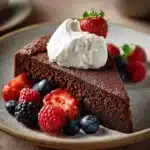
Perfect Sourdough Cake , 1 Surprising Recipe for Rich, Moist Results
- Total Time: 3 hours (includes fermentation)
- Yield: 1 cake (8 slices) 1x
- Diet: Vegetarian
Description
This perfect sourdough chocolate cake is the ideal use for sourdough discard, moist, rich, and full of deep cocoa flavor.
Ingredients
1 cup sourdough discard (100% hydration)
1 cup all-purpose flour
1/2 cup cocoa powder
1/2 cup butter (softened)
1 cup sugar
2 eggs
1 tsp vanilla extract
1/2 tsp baking soda
1/2 tsp salt
1/2 cup milk or plant-based milk
Instructions
1. Preheat oven to 350°F (175°C). Grease an 8-inch cake pan.
2. Mix sourdough discard, flour, cocoa, and milk in a bowl. Let sit 2–4 hours or overnight.
3. In another bowl, cream butter and sugar. Add eggs and vanilla. Mix until smooth.
4. Combine wet and fermented mixtures. Add baking soda and salt. Stir until just combined.
5. Pour batter into pan. Score lightly with a knife on top.
6. Bake for 30–35 minutes or until toothpick comes out clean.
7. Cool completely before slicing. Optional: dust with powdered sugar.
Notes
For deeper flavor, let the batter ferment overnight.
Great with cream cheese glaze or berries.
Discard can be fresh or up to 3 days old.
- Prep Time: 15 minutes
- Cook Time: 35 minutes
- Category: Dessert
- Method: Baking
- Cuisine: American
Nutrition
- Serving Size: 1 slice
- Calories: 310
- Sugar: 22g
- Sodium: 210mg
- Fat: 16g
- Saturated Fat: 9g
- Unsaturated Fat: 6g
- Trans Fat: 0g
- Carbohydrates: 38g
- Fiber: 3g
- Protein: 5g
- Cholesterol: 65mg
Keywords: perfect sourdough, sourdough chocolate cake, discard recipe
Secrets to Getting the Perfect Sourdough Result
The Art of Fermentation: Timing, Temperature & Texture
Getting the perfect sourdough bake, whether you’re crafting a chewy artisan loaf or a rich chocolate cake, hinges on mastering fermentation. Sourdough is a living thing. It breathes, grows, and responds to its environment. If you want your chocolate cake to be moist and deeply flavored, fermentation has to be your best friend.
So, what’s the secret? The perfect sourdough starter thrives at a consistent temperature, between 75°F and 78°F. This cozy range encourages wild yeast and beneficial bacteria to multiply in harmony. If you’re struggling with sluggish fermentation, it might be your kitchen environment, not your starter. I keep mine near a warm window or in the oven with the light on.
Feeding is key. Stick to the 1:1:1 rule, equal parts starter, flour, and water by weight, to keep your culture balanced and predictable. And here’s a little pro move: let your chocolate cake batter ferment overnight with the sourdough starter. This develops a soft, springy texture and that subtle tang we all love in perfect sourdough creations.
If you’re wondering how this approach compares to bread, take a look at how slow fermentation transforms sourdough focaccia into a cloud-like delight.
Avoiding the Biggest Mistakes with Your Sourdough Starter
Now, let’s talk mistakes. The biggest mistake with sourdough starter isn’t mold, it’s neglect. Skipping feeds or feeding inconsistently will throw off your yeast. It’s like owning a puppy: fun, slightly smelly, and entirely dependent on your care.
Another sourdough blunder? Tossing your discard. This chocolate cake is the ultimate solution for leftover starter. Instead of wasting it, use that discard to create a moist, fudgy dessert. It’s a sweet redemption story for your “almost perfect” sourdough attempts.
Be sure you’re not confusing normal fermentation bubbles with signs of spoilage. For peace of mind, I recommend checking this guide on bad sourdough starter. Most of the time, a weird smell just means it’s hungry, not ruined.
And scoring? Yes, even cake benefits from it. A simple surface score can prevent cracking and help control how your cake rises. Scoring is often overlooked outside of bread, but it’s a hidden key to perfect sourdough aesthetics.
Bonus: This technique can translate to other creative recipes like cheese sourdough bread, where control over rise and shape makes all the difference.
By following these habits and avoiding the common pitfalls, you’ll move closer to consistent, confident baking, and unlock the full potential of your perfect sourdough.
Creative Sourdough Twists & Ingredient Tips
Ingredients That Elevate Your Perfect Sourdough Cake
At first glance, a perfect sourdough chocolate cake may sound like a stretch. But here’s where it shines: the natural acidity in sourdough tenderizes the gluten, making the crumb softer and more luxurious. It also enhances cocoa’s flavor, giving the final result a rich, dark profile you can’t get from baking powder alone.
Let’s break it down. Your sourdough discard acts as the acid, replacing buttermilk or vinegar found in traditional chocolate cake recipes. Combine it with unsweetened cocoa powder, a touch of espresso (trust me), and high-fat content like butter or sour cream. The flavor is deep, not too sweet, and unforgettable.
If you’re wondering about flexibility, this recipe is forgiving. You can swap sugar for coconut sugar or honey (reduce the liquid slightly). Want it dairy-free? Use plant milk and vegan butter. You’ll still get the soft crumb you expect from a perfect sourdough treat.
Need a visual? Think of the texture in a slice of sourdough grilled cheese: crispy on the edges, chewy in the middle. This cake achieves that same kind of satisfying bite, but sweet instead of savory.
And if you’re thinking of building your baking routine around discard, don’t stop at dessert, there are more inspiring uses in this sourdough discard collection waiting for you.
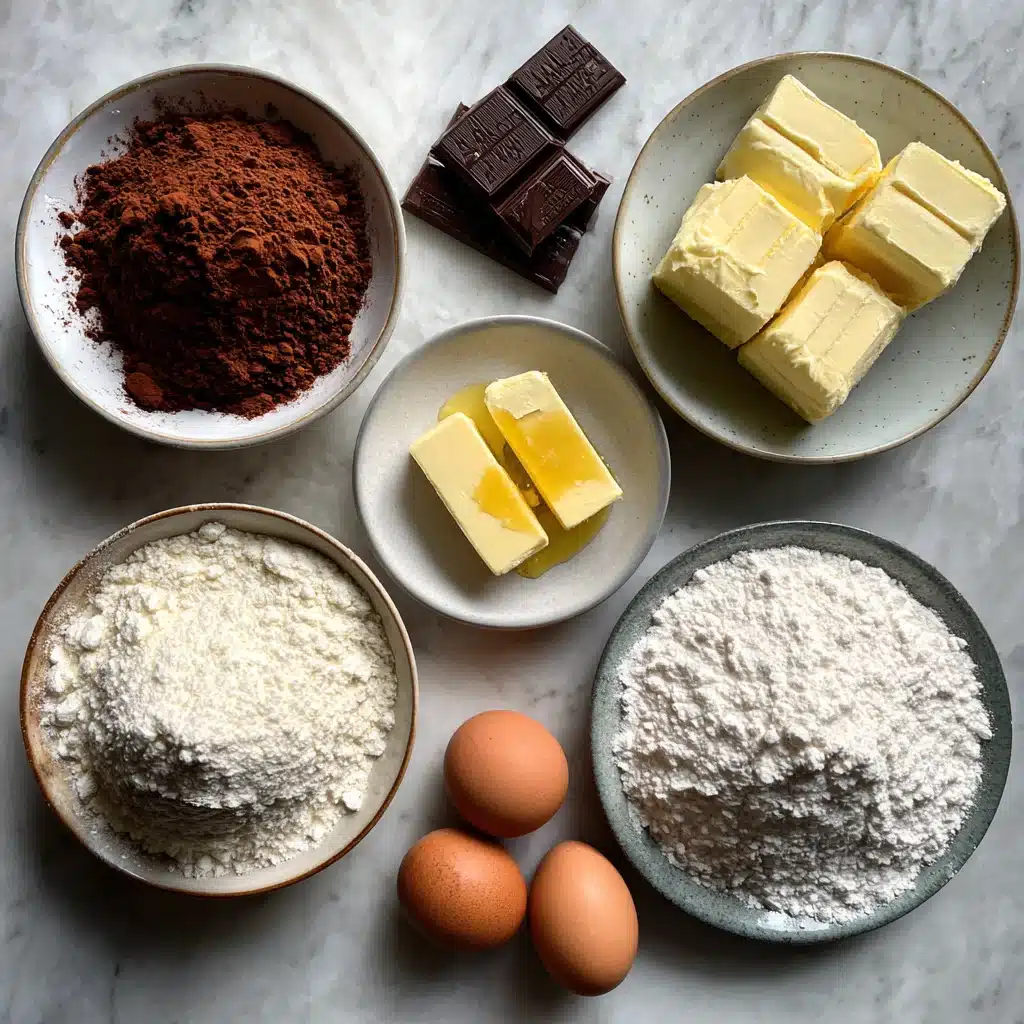
Flavor Pairings & Toppings That Work Like Magic
Once you’ve nailed the base cake, go wild with flavors. Add orange zest and dark chocolate chips for a bright, punchy contrast. Or swirl in peanut butter and top with flaky sea salt for something indulgent. You can even make a cream cheese glaze and let the tang of the frosting echo the sourdough’s acidity. That’s what makes it a perfect sourdough base, it complements almost anything.
For fall, I like folding in roasted pecans and a bit of cinnamon. For summer, berries add color and tartness. One of my favorite workshop bakes included crushed freeze-dried strawberries and dark chocolate chunks. The flavor? Electric.
Keep in mind: the key to unlocking sourdough creativity is experimentation. If you’ve only used sourdough for bread or toast, check out this sweet take in sourdough dessert recipes. They’ll open your eyes to what this living culture can really do.
And if you’re new to sourdough, don’t worry, you don’t need a perfect starter to get a perfect cake. Even if your starter is sluggish or your fermentation wasn’t ideal, this recipe is resilient. For more on adjusting your starter and knowing when it’s ready, explore the post on moldy sourdough starter and what it really means.
At the end of the day, the perfect sourdough isn’t always a loaf. Sometimes, it’s a chocolate cake with a history, a little tang, and a lot of heart.
Troubleshooting & Mastery
How to Score a Perfect Sourdough Chocolate Cake
When bakers talk about the perfect sourdough, they’re often thinking of blistered crusts and artisan loaves, but even cakes benefit from the techniques that make bread rise beautifully. Scoring your chocolate cake before baking creates a clean expansion path, helping your bake rise evenly and stay picture-perfect.
For a dessert twist, I recommend a shallow cross-score right before it hits the oven. It’s one of those small steps that makes a perfect sourdough bake feel intentional, controlled, and elevated, no cracked tops or lopsided domes.
If you’re practicing your scoring technique, start with a classic sourdough bread for beginners to see how a sharp blade and proper angle influence the rise. Those skills transfer beautifully to sourdough sweets.
The scoring is about more than aesthetics. It signals readiness and structure, two elements essential in any perfect sourdough creation, even when it’s rich, fudgy, and chocolate-forward.
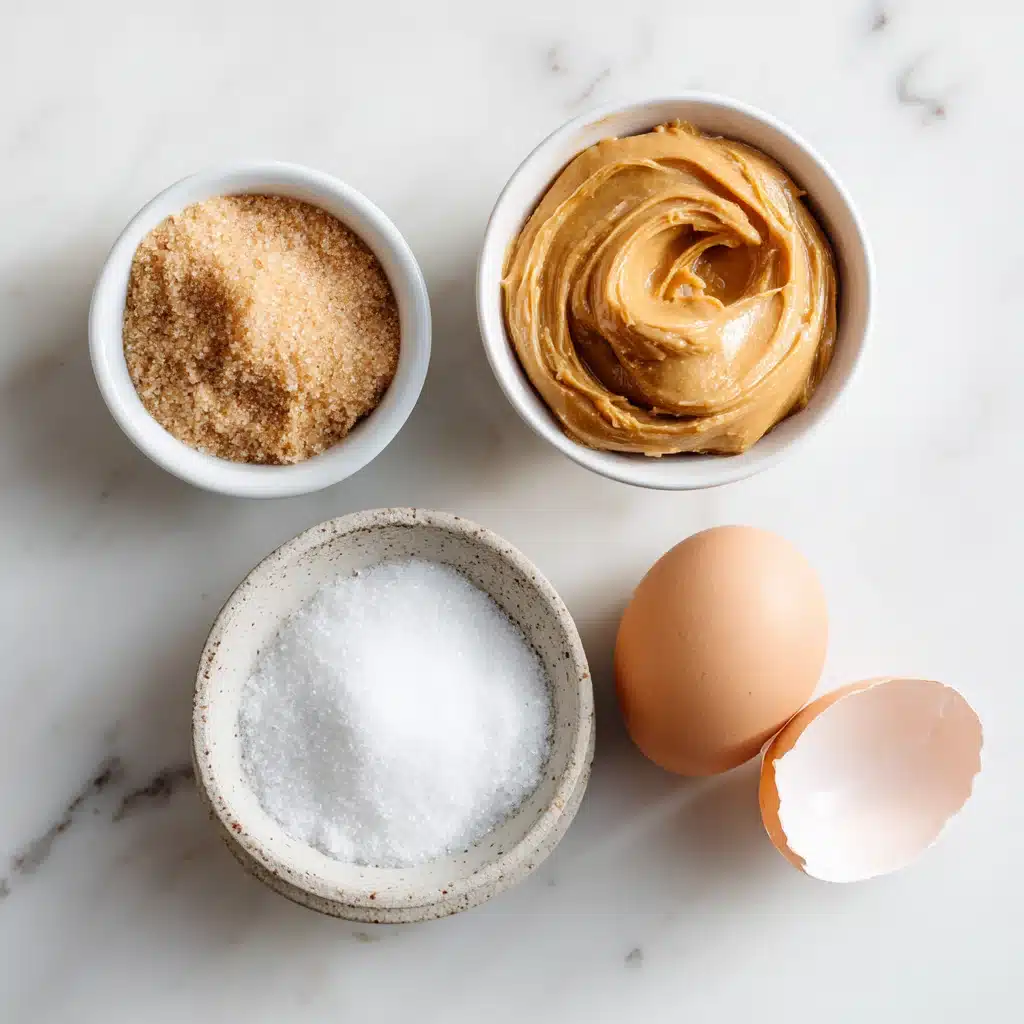
Signs of a Perfect Sourdough Bake (and What to Do When It Fails)
Let’s face it, perfection takes practice. The first time you bake a perfect sourdough chocolate cake, it might not look bakery-ready. But that’s part of the process. A great cake springs back when pressed, has a soft but structured crumb, and delivers a balanced tang from the fermentation.
Your starter is your foundation. If your bake falls flat, revisit your fermentation timing. Was your discard fed recently? Was your starter active? If not, that’s likely the culprit. Learn to read your starter like a friend, it communicates through smell, texture, and rise.
For more insight, see our guide on moldy sourdough starter so you don’t mistake fermentation for spoilage. A slightly funky scent can still lead to a perfect sourdough result, especially when baked.
When things go right, though? Oh, the rewards. A perfect sourdough dessert feels like the best of both worlds: traditional flavor depth and modern creativity. If you’ve only used your starter for toast or pancakes, this chocolate cake will completely reshape how you think about fermentation.
And if your goal is to build habits around daily baking, pairing this with our sourdough benefits might just be the next step. It’s one more way to make your perfect sourdough lifestyle a delicious, healthful routine.
Whether it’s your first try or your fiftieth, keep this in mind: perfect sourdough isn’t a destination, it’s a mindset. Every bake teaches you something, and this cake might just be your tastiest lesson yet.
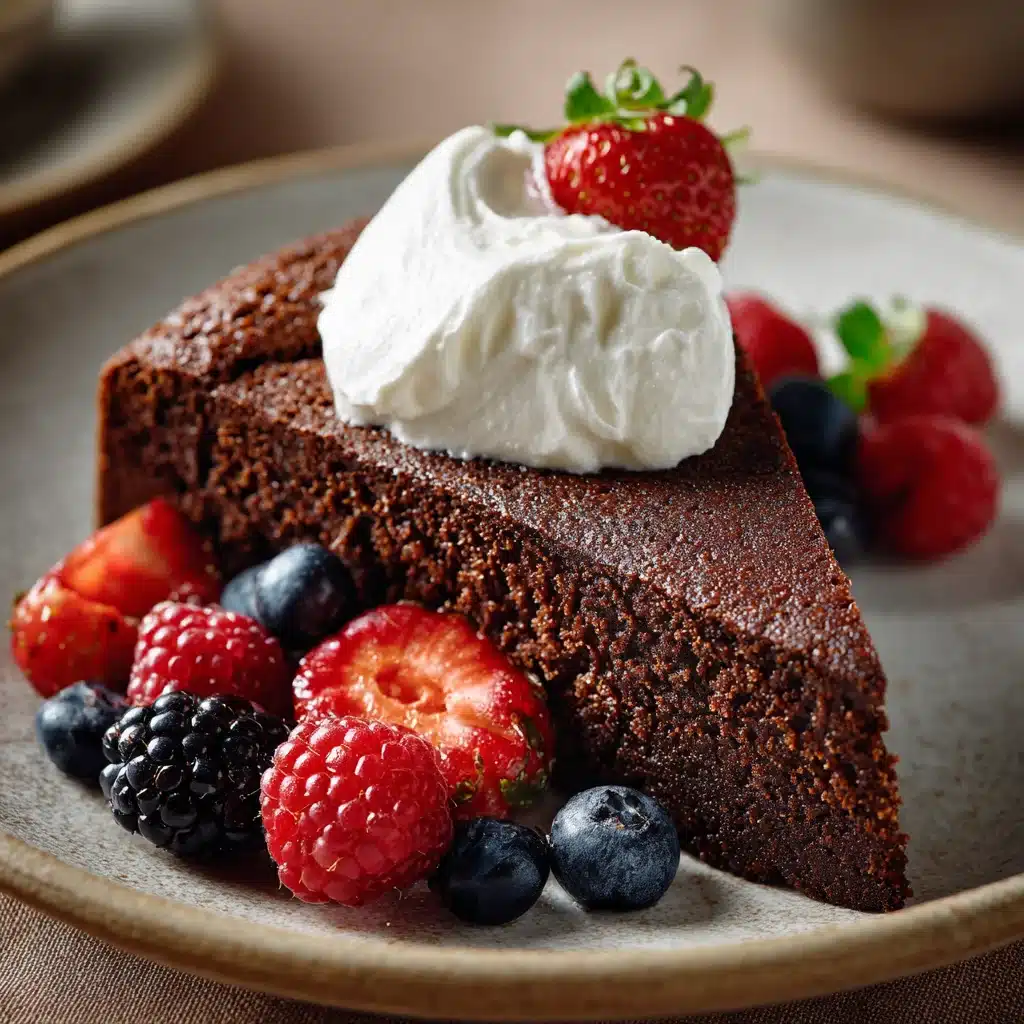
CONCLUSION: Why This Is the Perfect Sourdough Cake to Start With
When people think about perfect sourdough, they often imagine golden crusts and artisan loaves. But here’s the truth: perfection isn’t limited to bread. This chocolate cake proves that the perfect sourdough experience can be sweet, forgiving, and utterly indulgent.
If you’ve ever struggled with your starter, felt unsure about fermentation, or wondered how to make sourdough bread taste amazing, this cake is your answer. It welcomes discard. It tolerates small mistakes. And it still gives you that signature tang and texture that define the perfect sourdough process.
Whether you’re a seasoned baker or just beginning your journey, this recipe delivers a win. It’s an entry point into the wider world of sourdough—and it teaches you that a perfect sourdough isn’t always a boule. Sometimes, it’s a rich, tender slice of chocolate cake shared with people you love.
So keep feeding your starter, keep learning from every bake, and most of all, keep chasing your own version of the perfect sourdough.
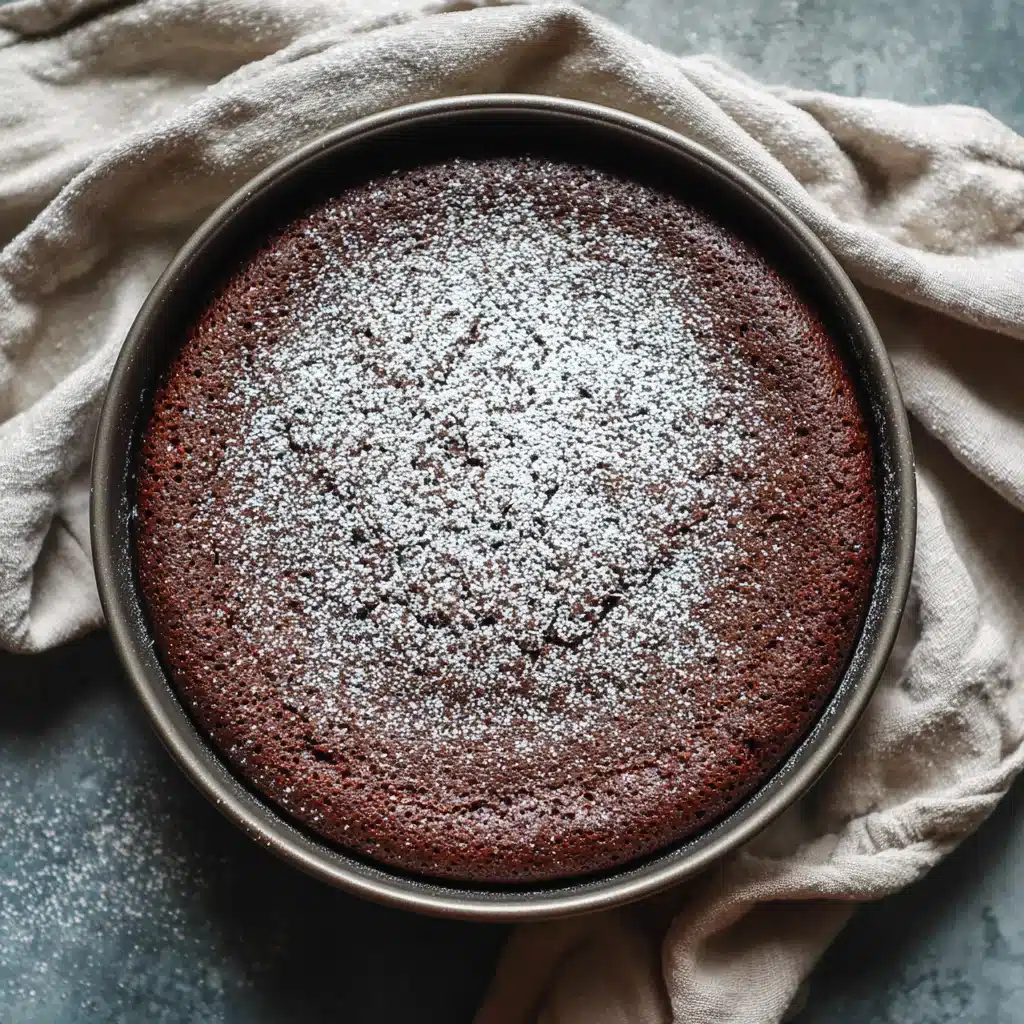
FAQ
What is the secret to good sourdough bread?
The secret is consistent fermentation and feeding. Using high-quality flour, maintaining the right temperature (75°F–78°F), and allowing enough time for your dough or batter to rest are key to developing structure, flavor, and digestibility in any sourdough recipe, including cake.
What is the biggest mistake you can make with your sourdough starter?
Inconsistent feeding or neglect. Skipping days or not feeding with the correct ratio throws off the yeast-bacteria balance, weakening your starter. Another big mistake is discarding good starter due to misunderstanding smells, trust your nose, not your fear.
How to get the perfect score on sourdough?
Use a very sharp blade or lame. Score at a slight angle and don’t press too deep, just enough to let steam escape. For cakes, a shallow cross works best. The goal is a controlled rise, not an overly opened top.
What is the 1:1:1 rule for sourdough?
It’s a feeding ratio: 1 part starter, 1 part flour, and 1 part water by weight. This ensures your starter stays balanced and active. Following this consistently helps you maintain a vibrant, strong culture ready for any bake.
What is the perfect temperature for sourdough starter?
The sweet spot is between 75°F and 78°F. This range promotes healthy yeast activity without encouraging harmful bacteria. Lower temperatures slow fermentation, while higher ones risk overproofing or souring too fast.


excellent
★★★★★